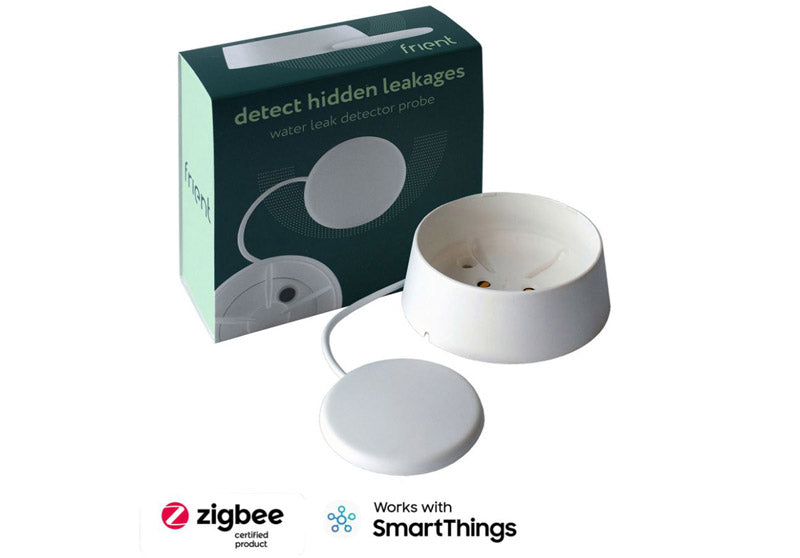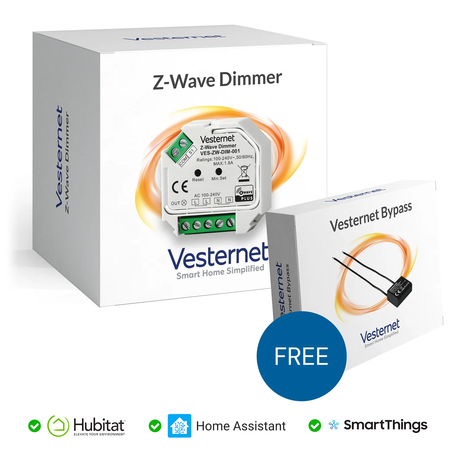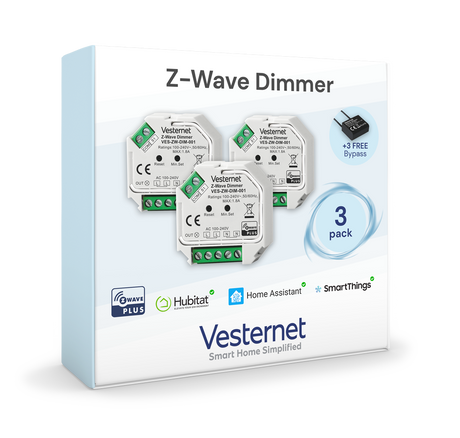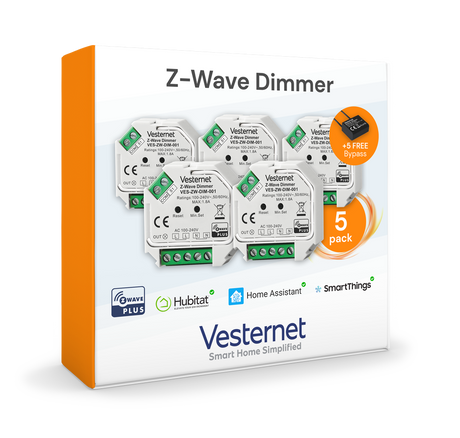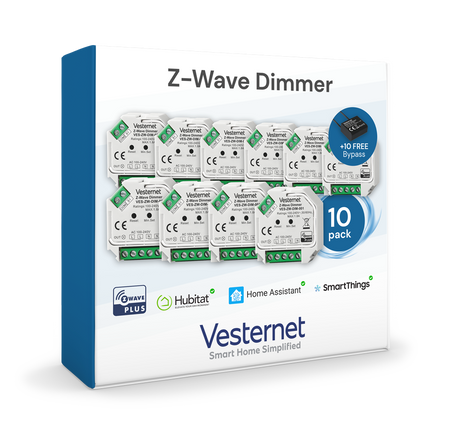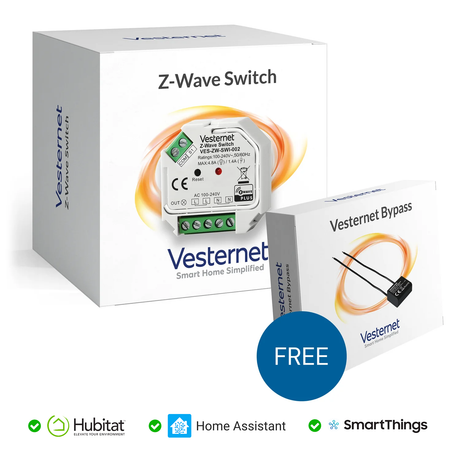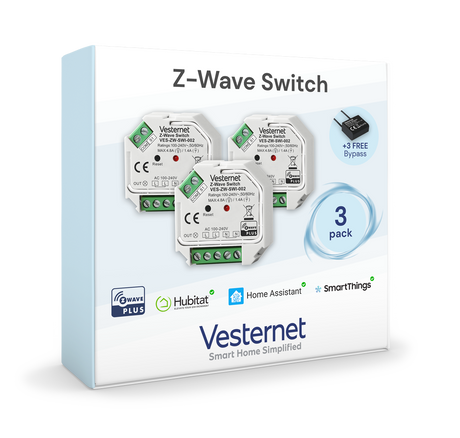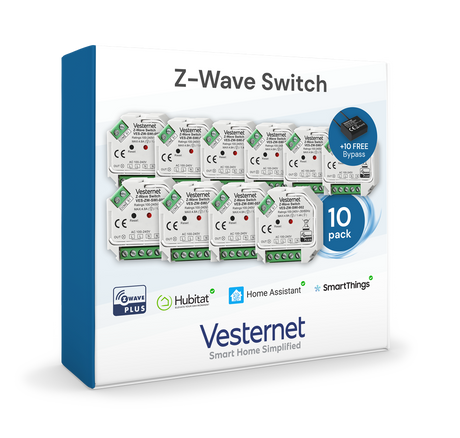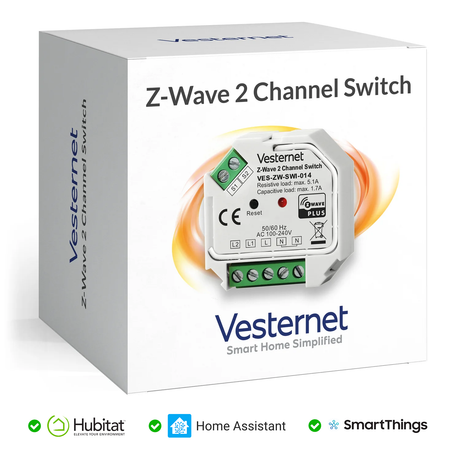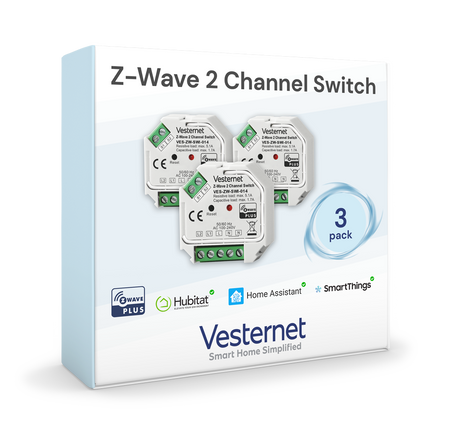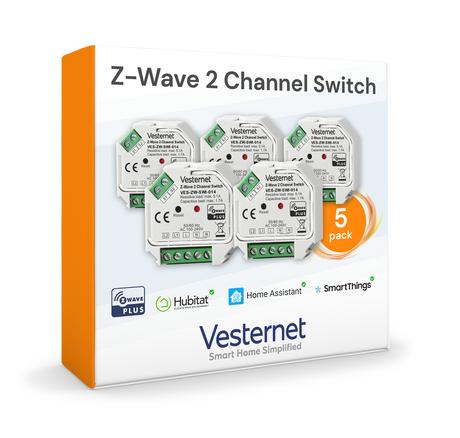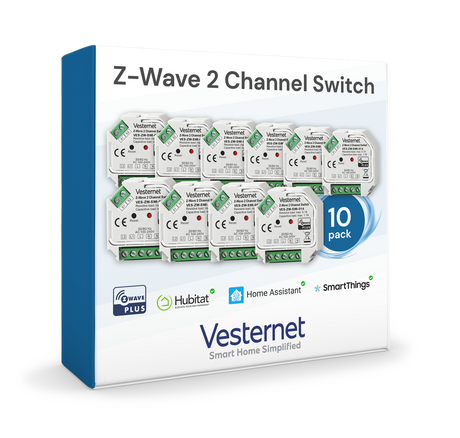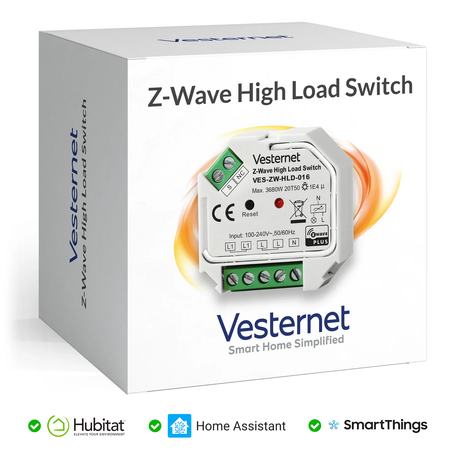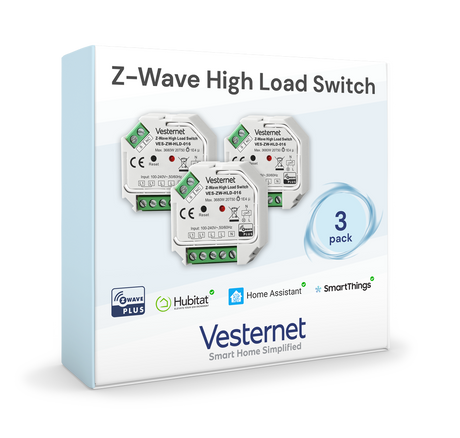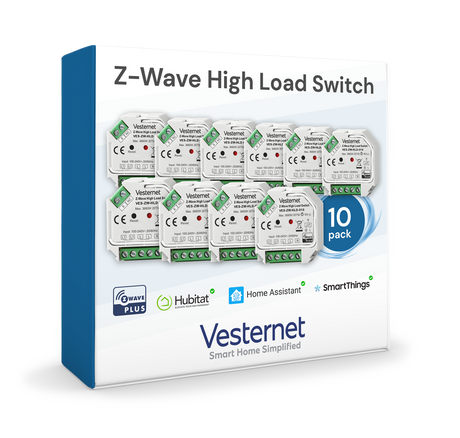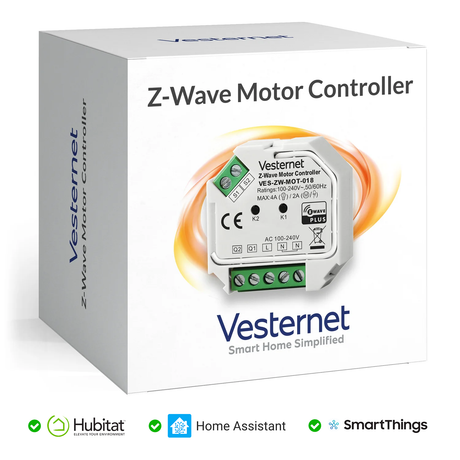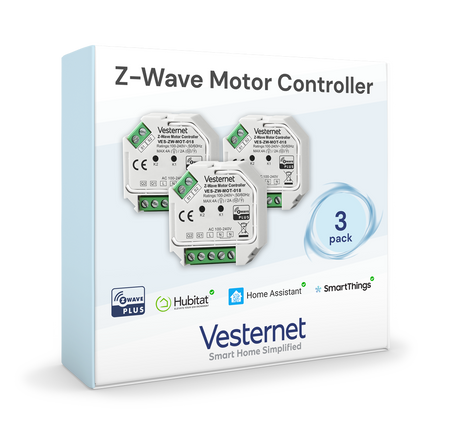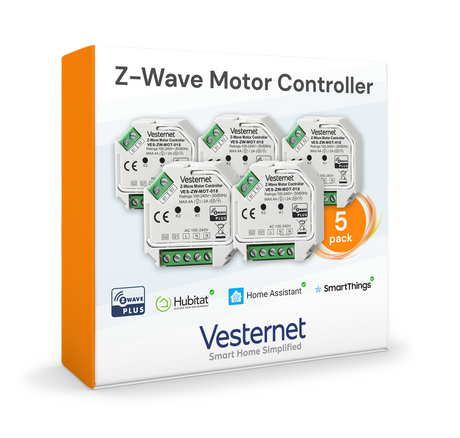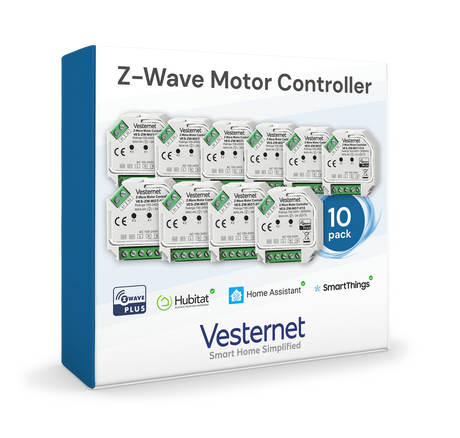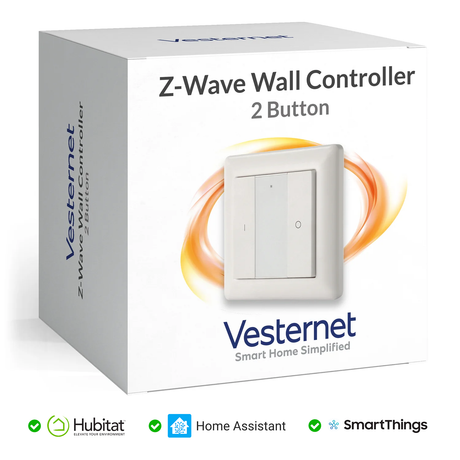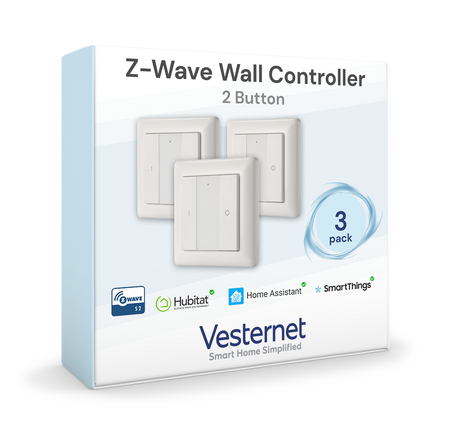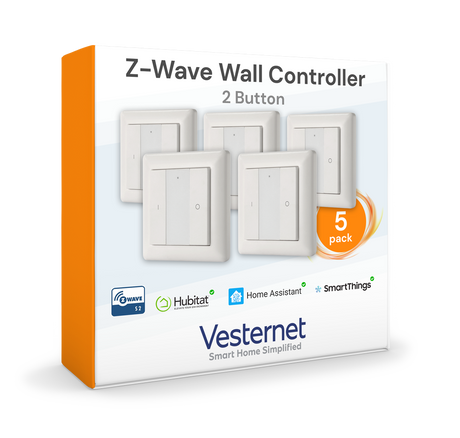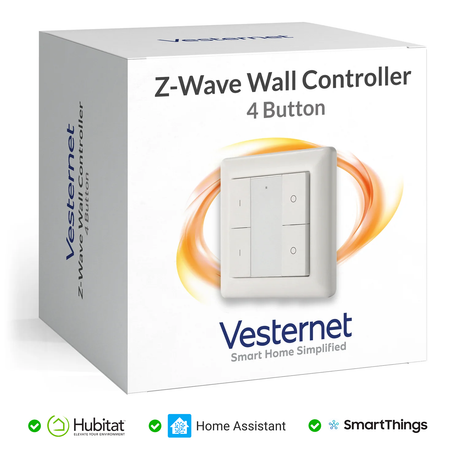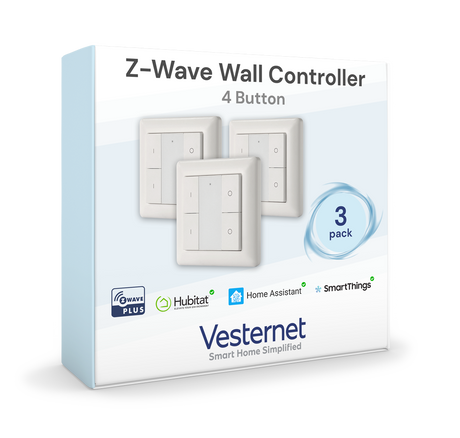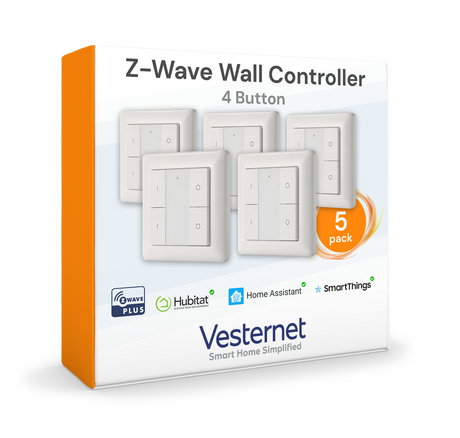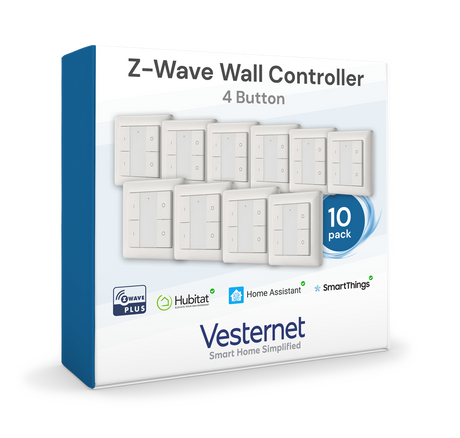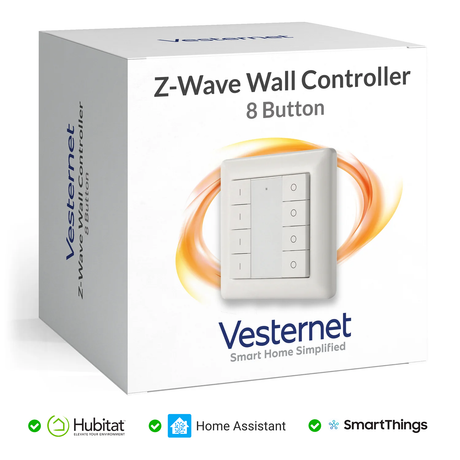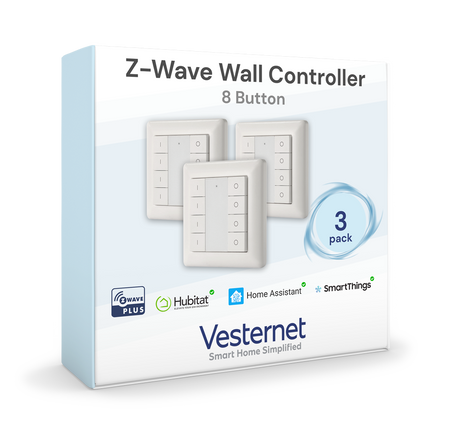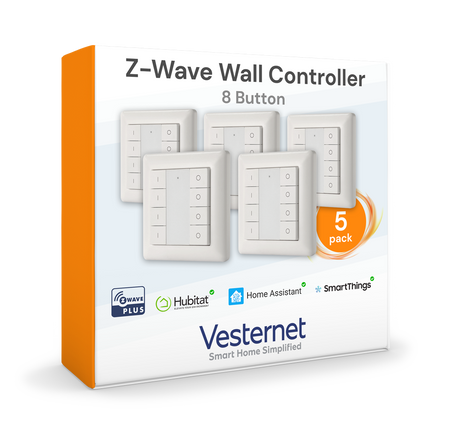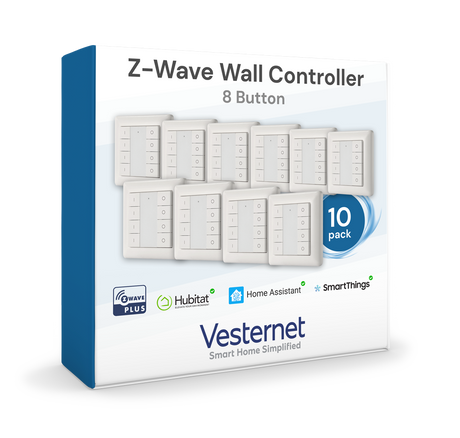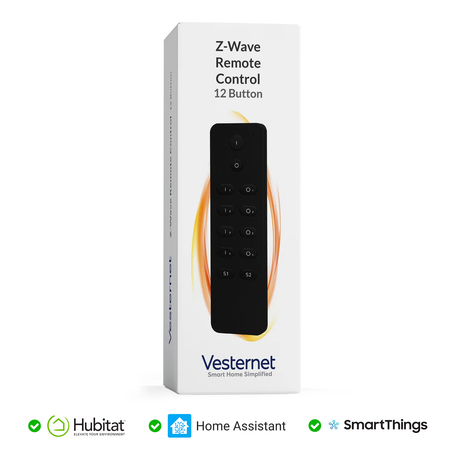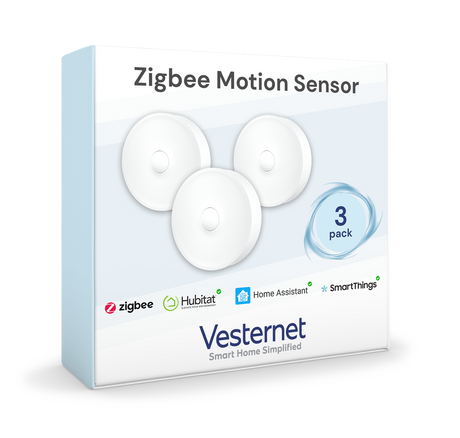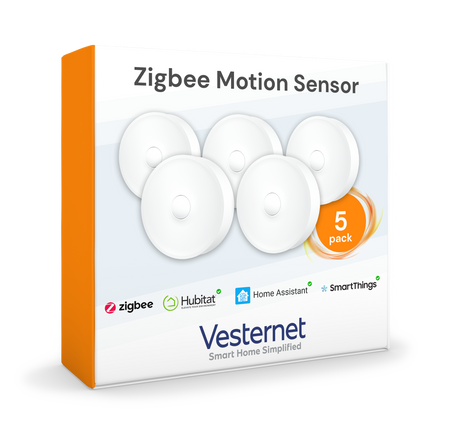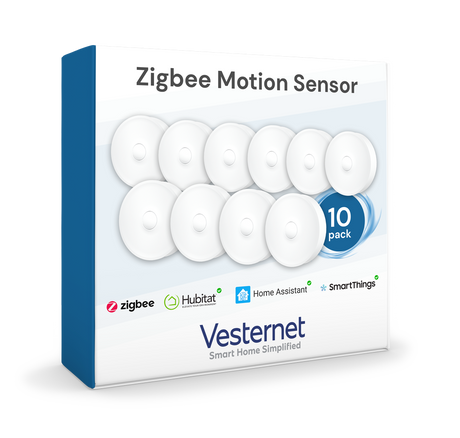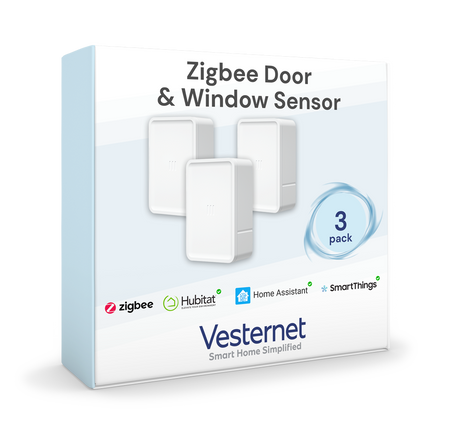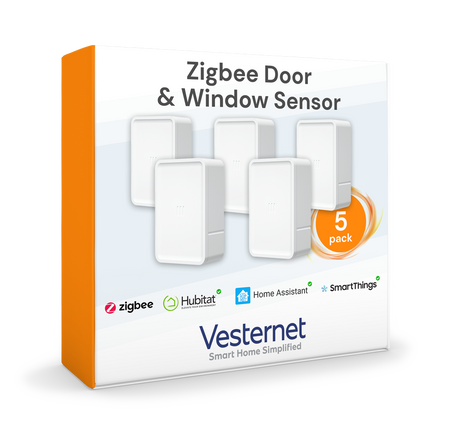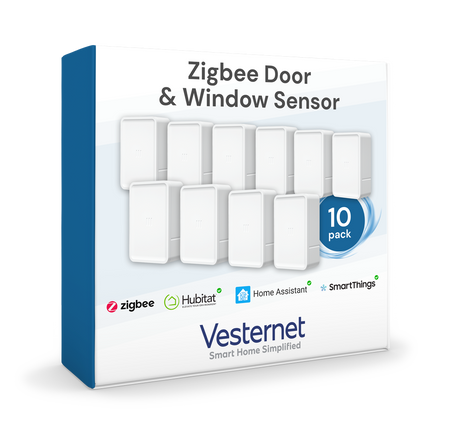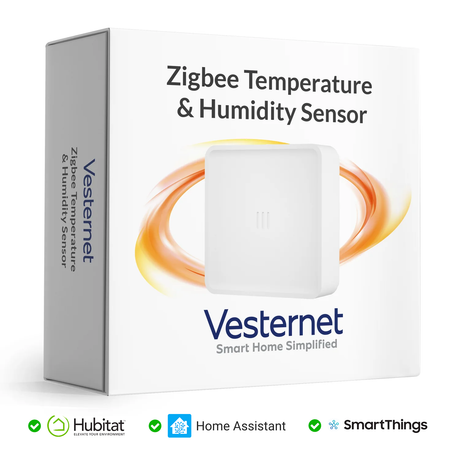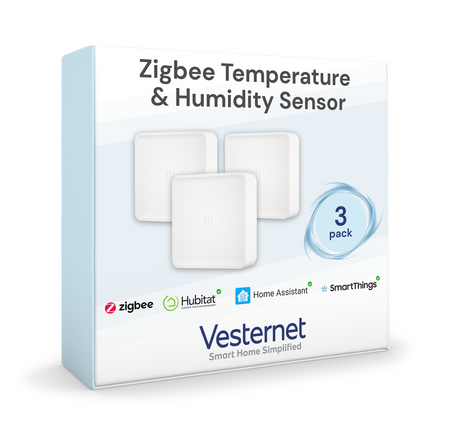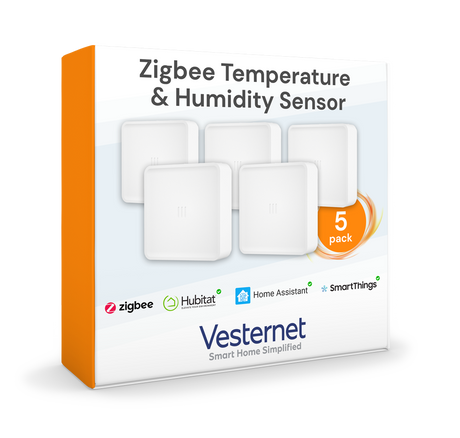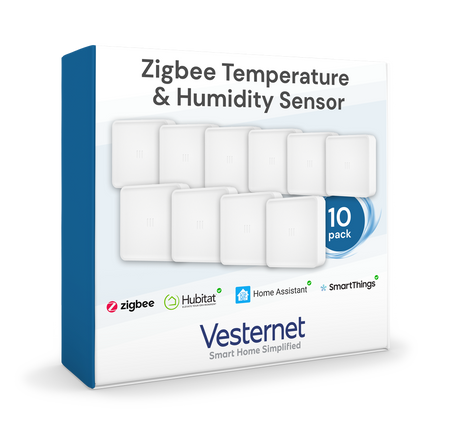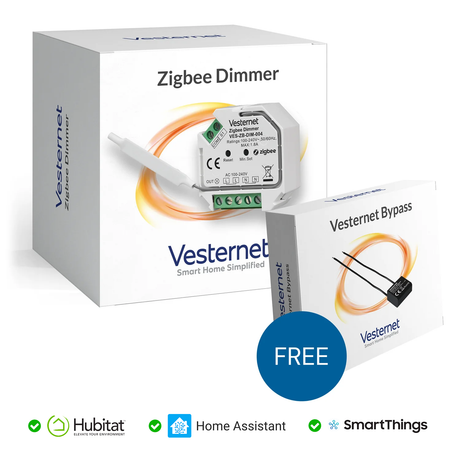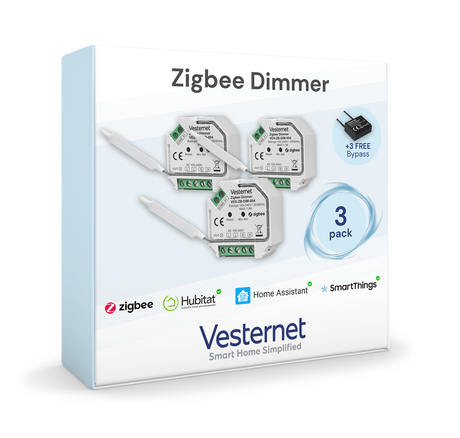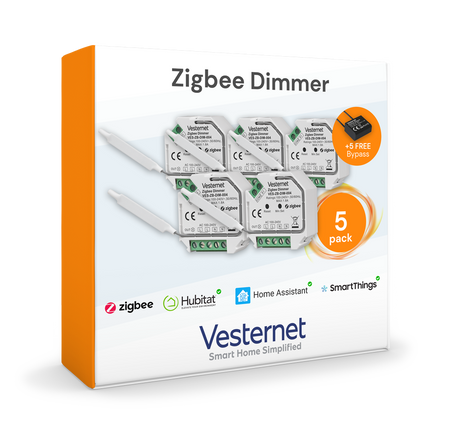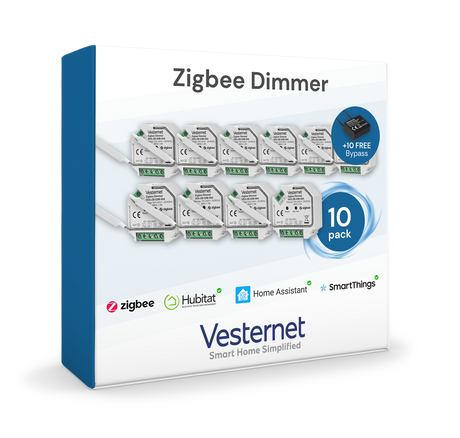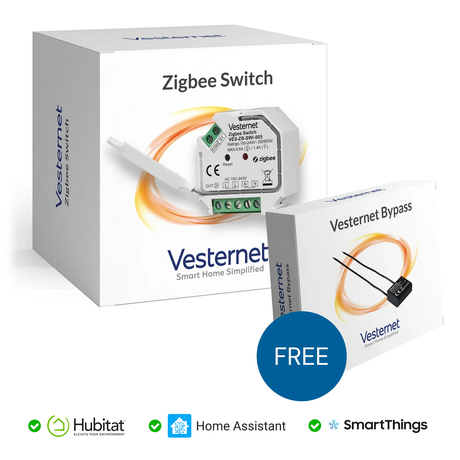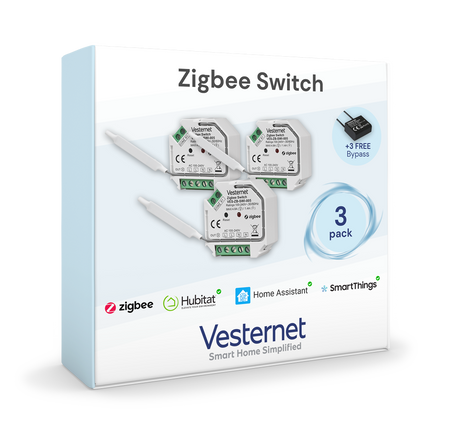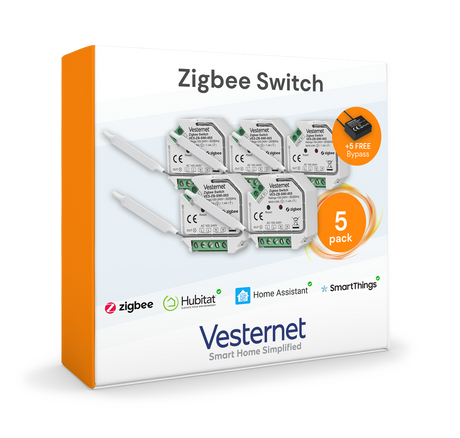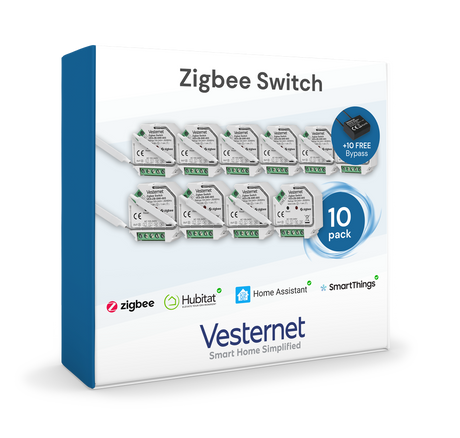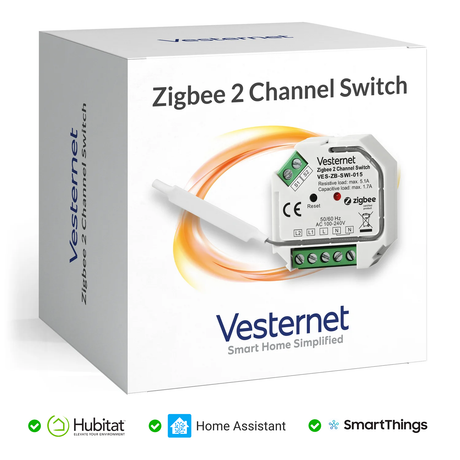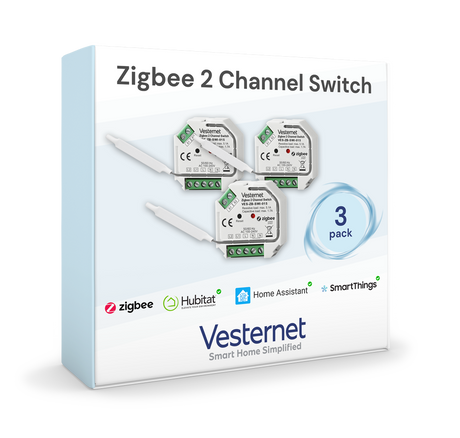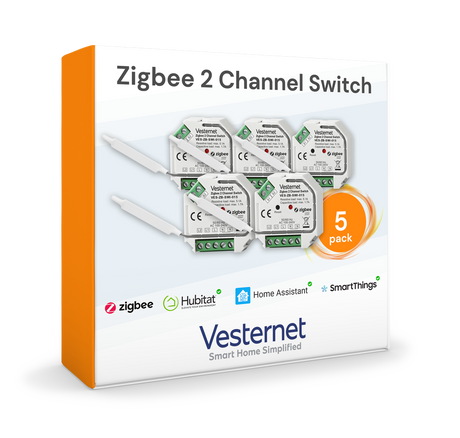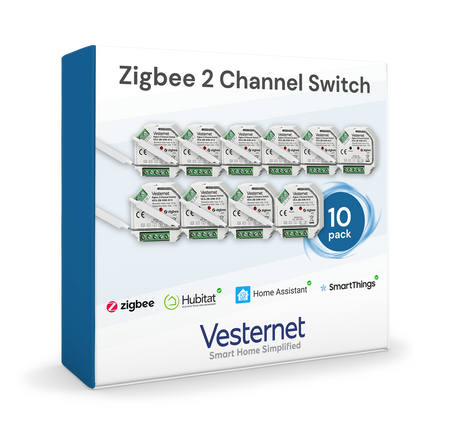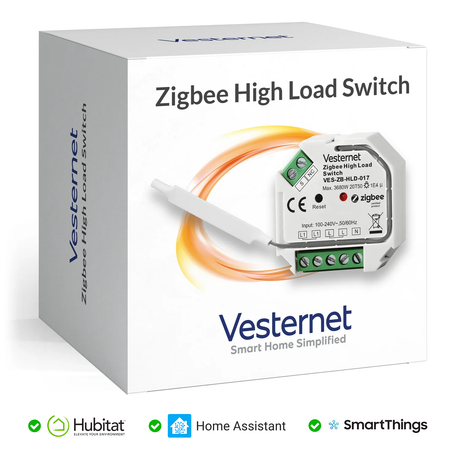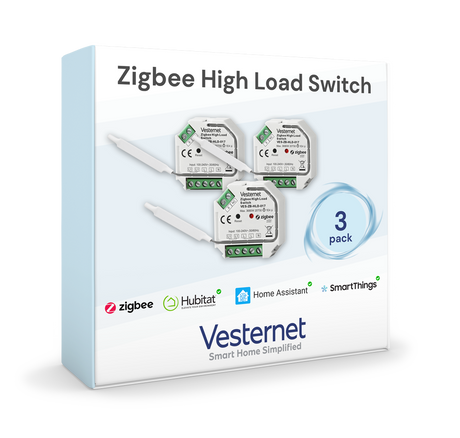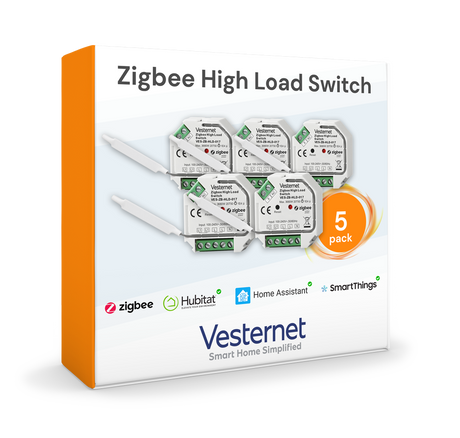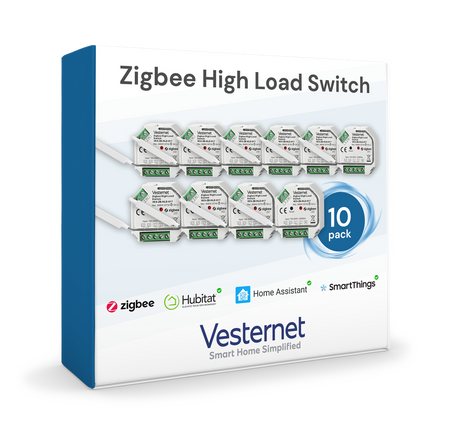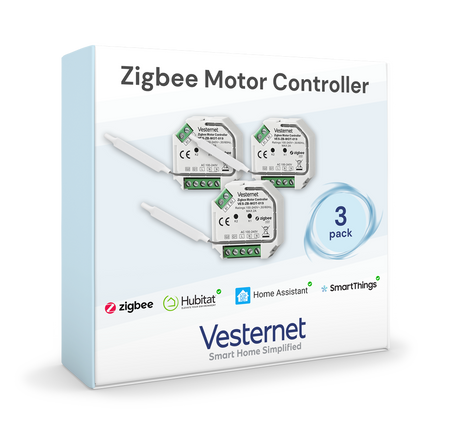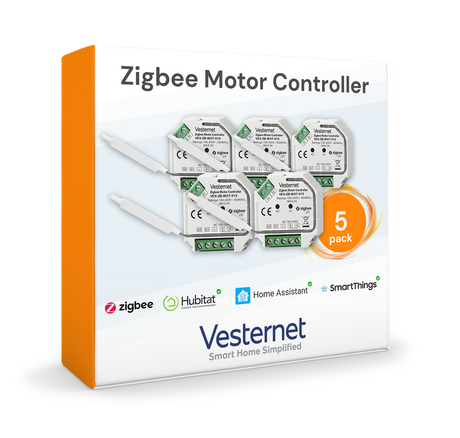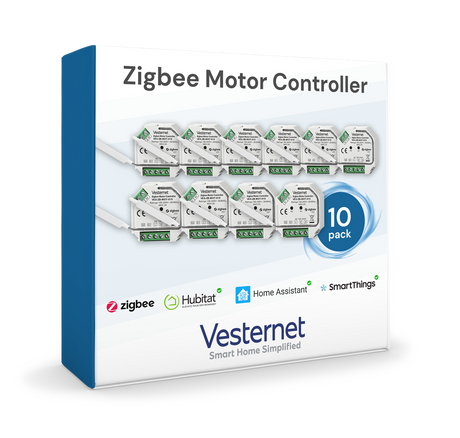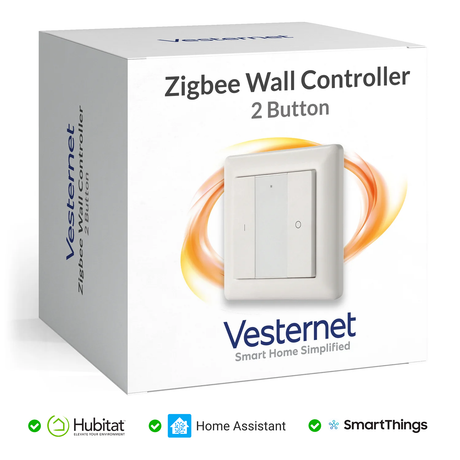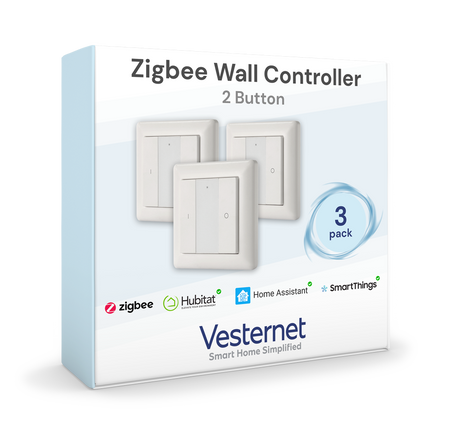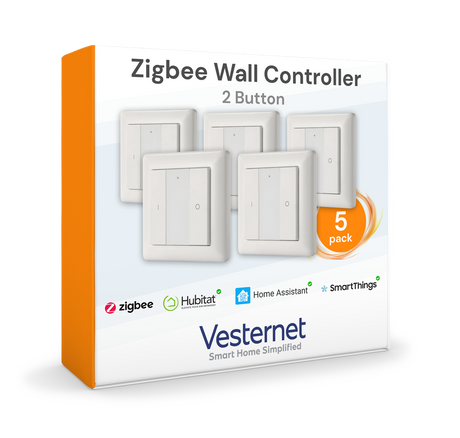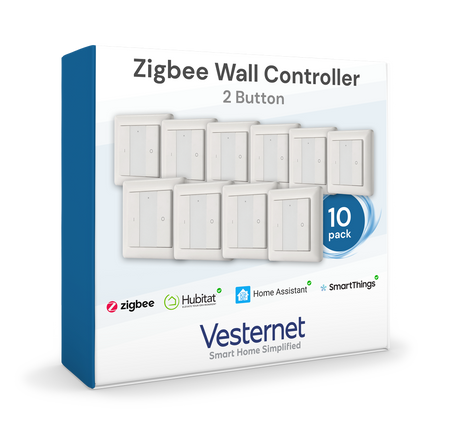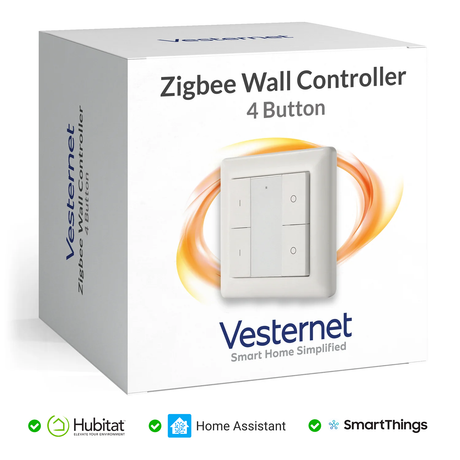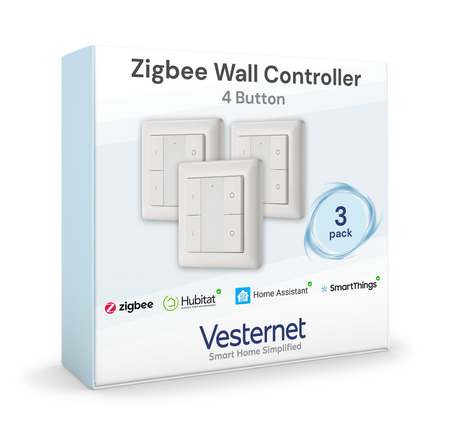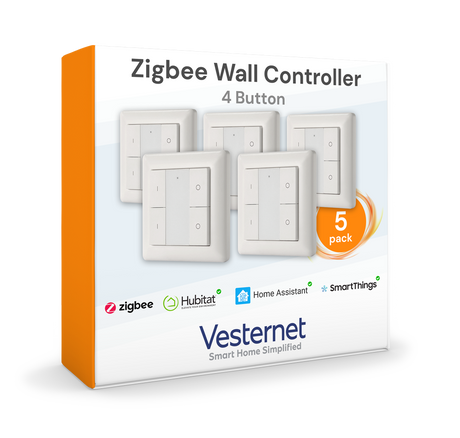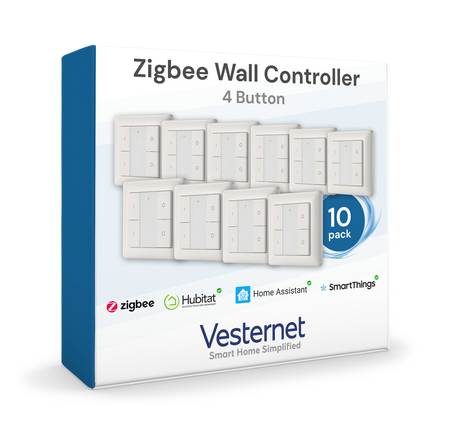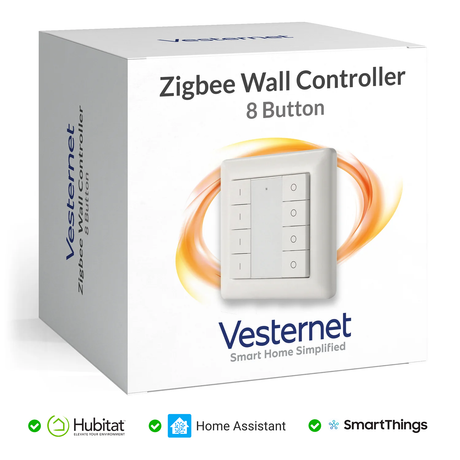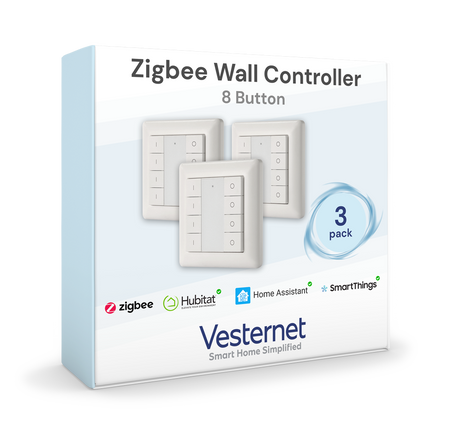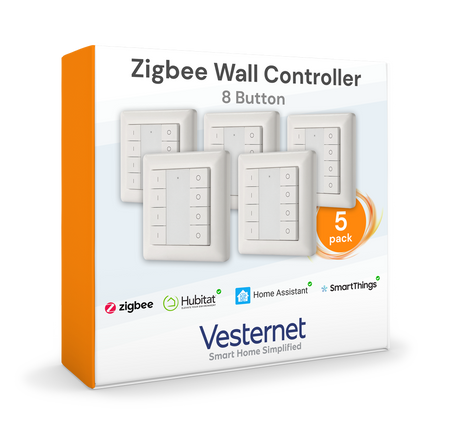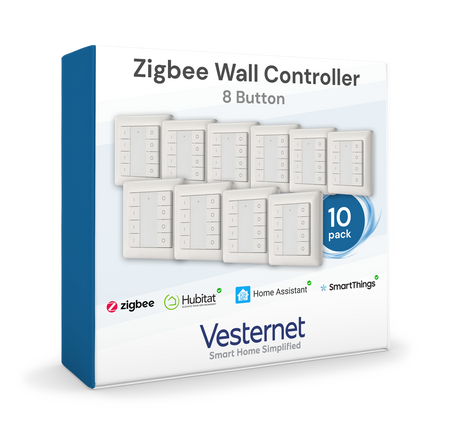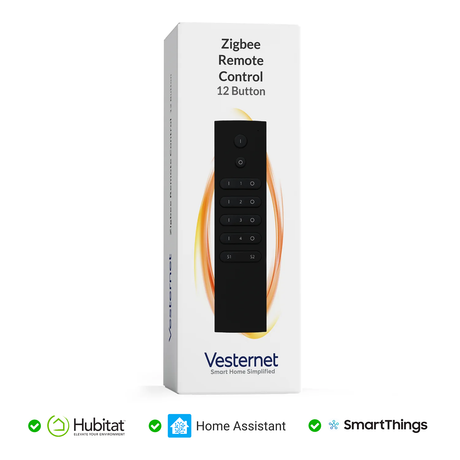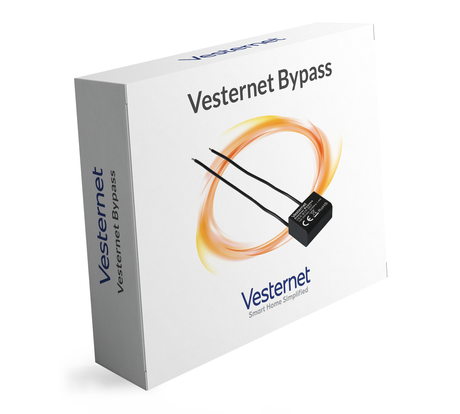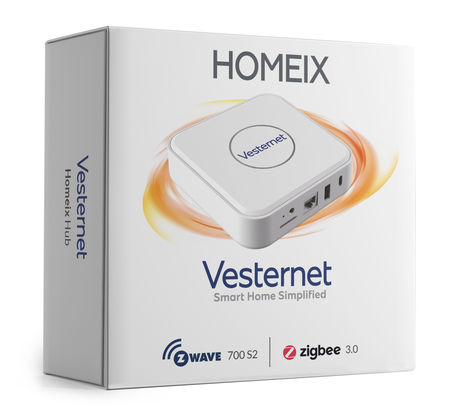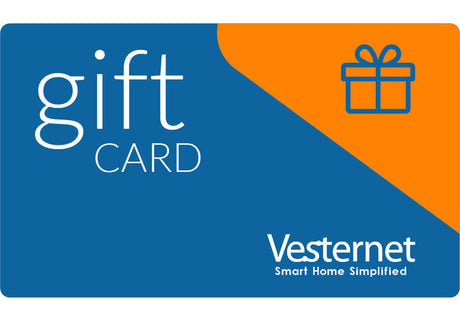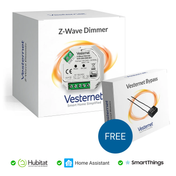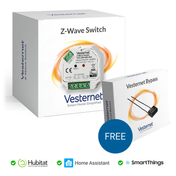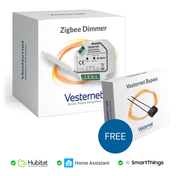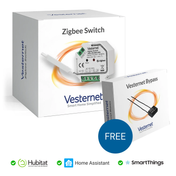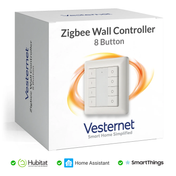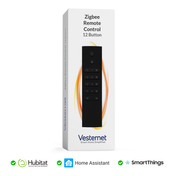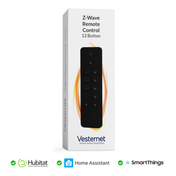Zigbee Frient Water Leak Detector Probe
Zigbee Frient Water Leak Detector Probe is backordered and will ship as soon as it is back in stock.
Get it Tomorrow - Express Shipping
Get it Tomorrow - Express Shipping
FREE UK Delivery on Zigbee Frient Water Leak Detector Probe.
And if you need it tomorrow simply choose Express next day in checkout.
We also ship worldwide... simply add products to cart to see real time shipping prices & delivery times based on weight and location.
Any items in stock and ordered before 2:30pm (UK) will ship same day.
Smart Home Experts - On Demand
Smart Home Experts - On Demand
Transform your home into a smart one with us, and gain more than just a product.
You'll have access to our dedicated team of experts and a wealth of guides, ensuring you're well-equipped to handle any technical challenges.
Compatibility Guarantee - Instant Returns
Compatibility Guarantee - Instant Returns
Introducing our unmatched Compatibility Guarantee.
If you discover that Zigbee Frient Water Leak Detector Probe doesn't mesh with your existing system, simply utilize our swift two-click returns process.
We'll instantly provide a self-serve shipping label for hassle-free returns. Upon receiving the item, your refund is processed immediately.
With our guarantee, you can put compatibility worries to rest.
Summary
The Zigbee Frient Water Leak Detector Probe is a powerful addition to your smart home setup
By adding this probe to your Water Leak Detector, you can detect hidden leakages in hard-to-reach places, providing you with comprehensive protection
With leakage alerts and the ability to prevent flood damages, this probe ensures that you never have to worry about unwanted pools of water again
Please note that for optimal use, this item is best used within a multi-protocol smart home hub.
Detect hidden leakages - Water Leak Detector Probe
Do you want your frient, the Water Leak Detector, to follow the way of the water and go places that are difficult to reach in the search for leakages? Upgrade your Water Leak Detector by adding a probe to it. Place the detector in the base of the probe, stick the detector to the wall, and place the probe on the floor – simple as that!

No pools under your washing machine
Equipped with the probe, the Water Leak Detector can detect water in even more places. Maybe you’re afraid that your washing machine is leaking from the hose.

Protect every corner of your home with the Water Leak Detector Probe
Water damages are one of the most severe and costly damages that can happen to your home – so you’ll want to be sure that you are doing the utmost to prevent them. By placing a friently Water Leak Detector on the floor of your bathroom or basement, you’ll get notified immediately when it detects flooding.

Guides
Compatibility
Zigbee Frient Water Leak Detector Probe includes the following technologies, which means it should work fine with other devices using the same technology:
Payment & Security
Payment methods
Your payment information is processed securely. We do not store credit card details nor have access to your credit card information.
| Vesternet | Other Shops |
|---|---|
| Expert advice and support from in-house smart home specialists, crucial when self-installing. | Lack specialist knowledge, focusing on volume over quality. |
| Specialises in premium Z-Wave, Zigbee, and Thread devices, ensuring top-tier smart home solutions. | Sells a mix of products, including non-premium devices that may lack reliability. |
| Provides devices with the latest firmware, essential for seamless smart home integration. | Often sell older firmware devices, leading to installation hassles and extra costs. |
| Offers fast worldwide delivery with next day free shipping from multiple warehouses. | Slower and potentially costly shipping options, reducing overall value. |
| Over 15 years as a trusted leader in the smart home industry with extensive positive feedback. | Less focused on smart homes, with fewer verified customer endorsements. |
| Developed our exclusive Vesternet-branded range of Z-Wave & Zigbee products, showcasing our expertise and commitment to smart home technology. | Mainly resell other brands, offering limited unique product options. |
1000's of Happy Customers...
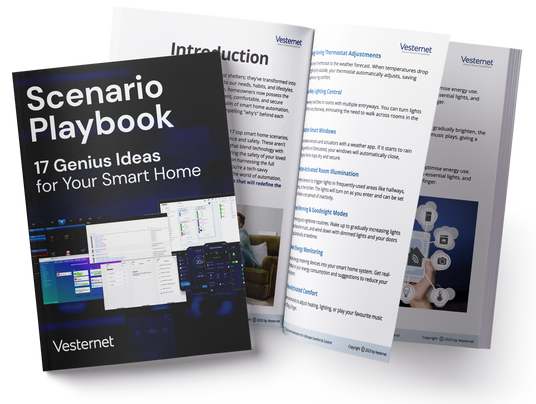
Unlock the Power of Smart Living: Your Ultimate Guide to a Futuristic Home
This £37 Premium Book unveils the most innovative ways to integrate smart tech seamlessly into your daily life, truly transforming your living space into a haven of convenience, safety, and modern sophistication. You'll Learn...
- Simplicity at Your Fingertips: Grasp the basics of setting up common yet essential automations like hands-free lighting.
- Weather-Wise Automations: Learn how your home can intuitively adjust to Mother Nature, from closing windows when it rains to optimizing temperature.
- Enhance Security: Elevate your home’s security with automated alerts, making sure you're always in the know.
- Energy Efficiency: Discover smart scenarios to reduce energy consumption, saving the planet and your pocket.
- Lifestyle & Entertainment: Set the mood for every occasion - be it a movie night or a workout session.
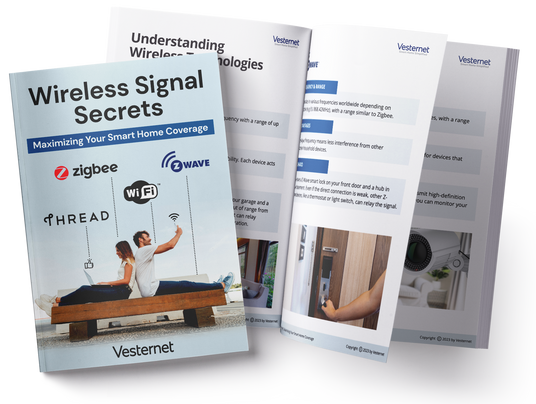
Master Your Smart Home's Connectivity: Full Coverage
This £37 Premium Book unravels the mysteries of wireless technologies, guiding you to optimize your smart home's connectivity for unparalleled performance and convenience. You'll Learn...
- Mastering Wireless Tech: Understand the core differences between Zigbee, Z-Wave, Wi-Fi, and Thread, and how each can be harnessed for specific smart home needs.
- Optimal Device Placement: Learn the art of positioning devices in various home setups, ensuring every corner of your space is seamlessly connected.
- Combat Interference: Discover how to manage and mitigate interference between devices, ensuring smooth and uninterrupted smart home operations.
- Wall Wisdom: Grasp the impact of different wall types on signal strength and learn strategies to overcome any barriers they might pose.
- Inter-Technology Harmony: Dive into real-life scenarios that showcase how different technologies can coexist and complement each other, amplifying your smart home's potential.

Ultimate Smart Home Guide: Blueprint to Seamless Integration & Elevated Living
This £37 Premium Book unravels the intricacies of both preparing you home for smart tech + adding to it over time. You'll Learn...
- Dream Big, Start Simple: Delve deep into the strategy of initiating your smart home journey with manageable steps.
- Family-First Design: Grasp the essence of building a smart home that caters to every family member.
- Unified User Experience: Uncover the secrets to avoid a fragmented tech landscape.
- Research as Your Compass: Learn the art of proactive planning, ensuring you harness the best tech solutions and avoid common pitfalls.
- Embrace Elegance: Explore the beauty of creating sophisticated smart setups that prioritize simplicity, ensuring daily operations are a breeze for all.
Plus These Added Benefits...
Frequently Asked Questions
What if it's incompatible with my existing smart home system?
What if it's incompatible with my existing smart home system?
We offer a no questions asked express return service. So, if you try Zigbee Frient Water Leak Detector Probe and find it's not compatible with your system, you can easily return it.
How can I get technical support for it?
How can I get technical support for it?
Our team of experts is available to assist you with any technical questions you may have via email and live chat.
Do you offer installation services?
Do you offer installation services?
While we don't offer direct installation services, we provide comprehensive online support through guides, videos, and access to our experts via email and chat. If you need an installer, we can often help connect you. With advancements in smart home tech, most of our products can be self-installed with guidance.
What if I struggle with installing or using after purchase?
What if I struggle with installing or using after purchase?
We have experts who frequently use these products in their own homes, and they are well-acquainted with the ins and outs. This means we can provide unparalleled guidance and troubleshooting. You won't find this level of hands-on expertise at any other store.
How quickly will I receive my order?
How quickly will I receive my order?
If you place your order before 2:30pm in the UK, you can expect it the next day. For orders outside the UK, we offer express shipping options that will get your products to you within a few days.
Why should I choose to buy from Vesternet over other online stores?
Why should I choose to buy from Vesternet over other online stores?
When you buy from Vesternet, you're not just purchasing a product. You gain a partner with expertise in smart home technology. Our team is on-hand to assist with setup and provide valuable advice. While there might be cheaper options online, home automation can be complex, and having experts by your side can prevent costly mistakes.
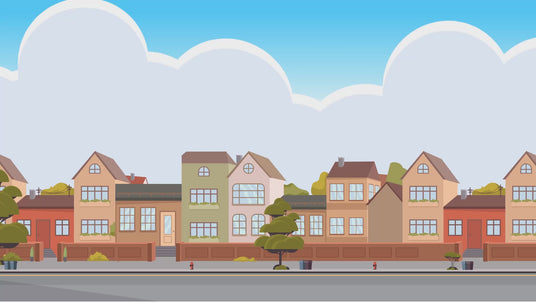
How to Setup a Smart Home
In 5 Simple Steps...
- Plug in your Hub and setup with wizard
- Install Devices around your home
- Wirelessly Connect devices to your hub with wizard
- Create Rules & Scenes with wizard to automate tasks
- Enjoy your automated home with increased Security, Comfort, Energy & Emergency monitoring, automated Heating & Lighting
Then easily add more devices ongoing as you choose
Try Vesternet Devices
View allMore Features for Less Price...
Modules, sensors, wall controllers & more - all with Z-Wave & Zigbee options + extended warranty & support

